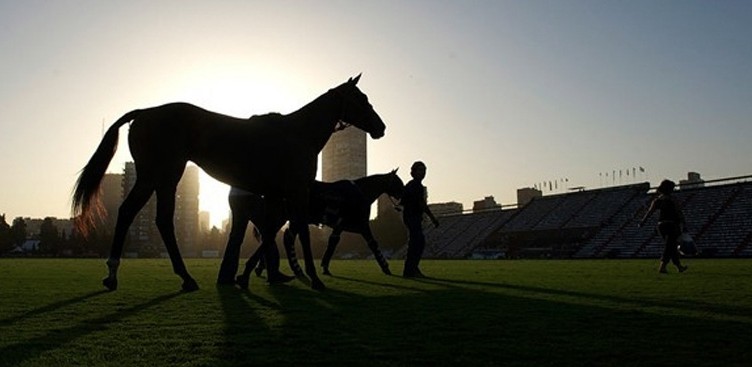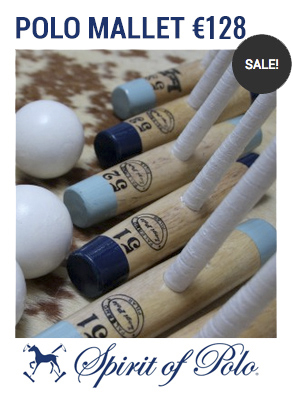To Polo authorities.
The spectacular death of Nero’s Anay Sur Cielito (best Argentine Product, 2012 Jockey Club Open), during the final of the 2014 Argentine Open, the annual culmination of world polo, brought us back to earth, posing as it did the possibility of horse-doping in high-goal polo.
The use of the famous Argentine “Pichicata” to help horses respond to the unlimited demands placed upon them for greater speed, strength and recovery from pain conjures up a parallel with France’s notorious Tour de France as a “drug-store”. My Argentine polo trainer tells me that polo spectators are blissfully unaware how many horses die in the pony lines at tournaments.
When you pose the possibility of horse-doping in polo circles everyone switches off. According to Professor Horacio Laffaye, born in Argentina, based in the United States, and polo’s most eminent historian, mention of horse-doping prompts everyone to look elsewhere.
His friend and contemporary, Marcos Uranga, the highly respected founder of the Federation of International Polo (FIP), goes further, insisting that if Polo wants to reclaim its status as an Olympic sport, it must first address the issue of doping for both polo players and horses.
The 2006 Argentine polo season saw many polo ponies break their legs, of which the most notorious example was when Adolfo Cambiaso’s stallion, Aiken Cura, broke his front leg in the Argentine Open final, dying two months later. A black joke among foreign polo spectators at the time was that at least in the corrida (bullfight: oldest known show in Spain) the horses always survived!
For years animal rights groups have protested against bullfighting, and with some success. For example, in Barcelona where bullfighting is now legally banned.
Before animal rights activists turn their attention to polo as their next target, polo officials would do well address themselves to the troubling issue of doping polo ponies .
May the tragic death of Cielito save many horses.
Long life horses, Long live polo
Alexis










